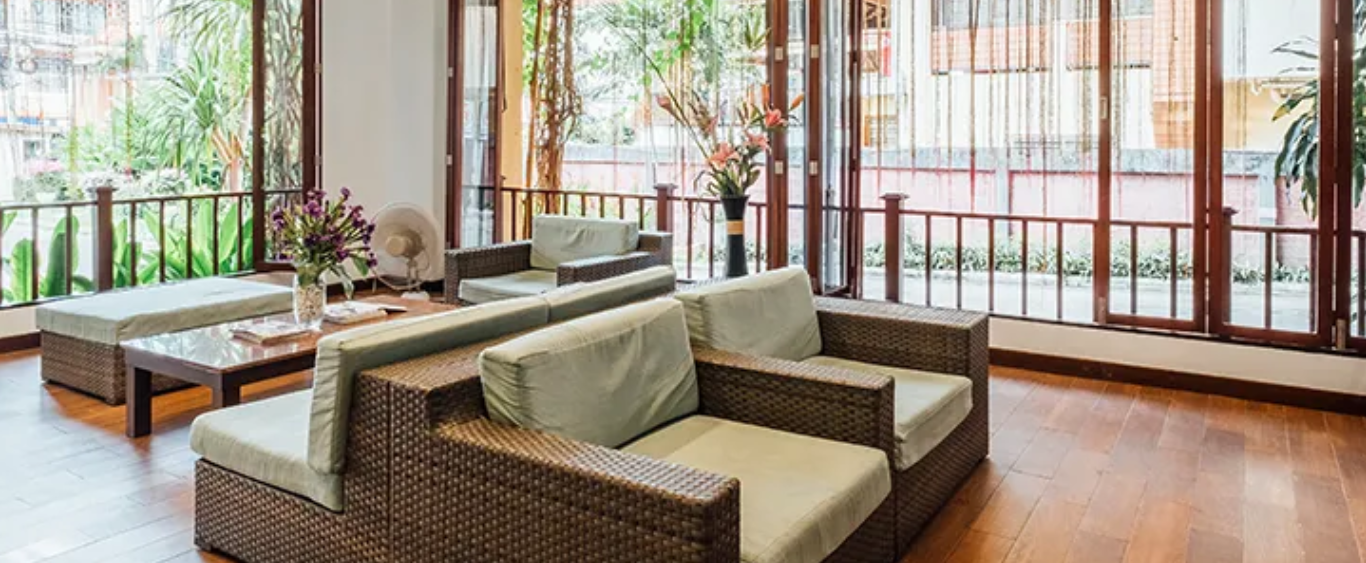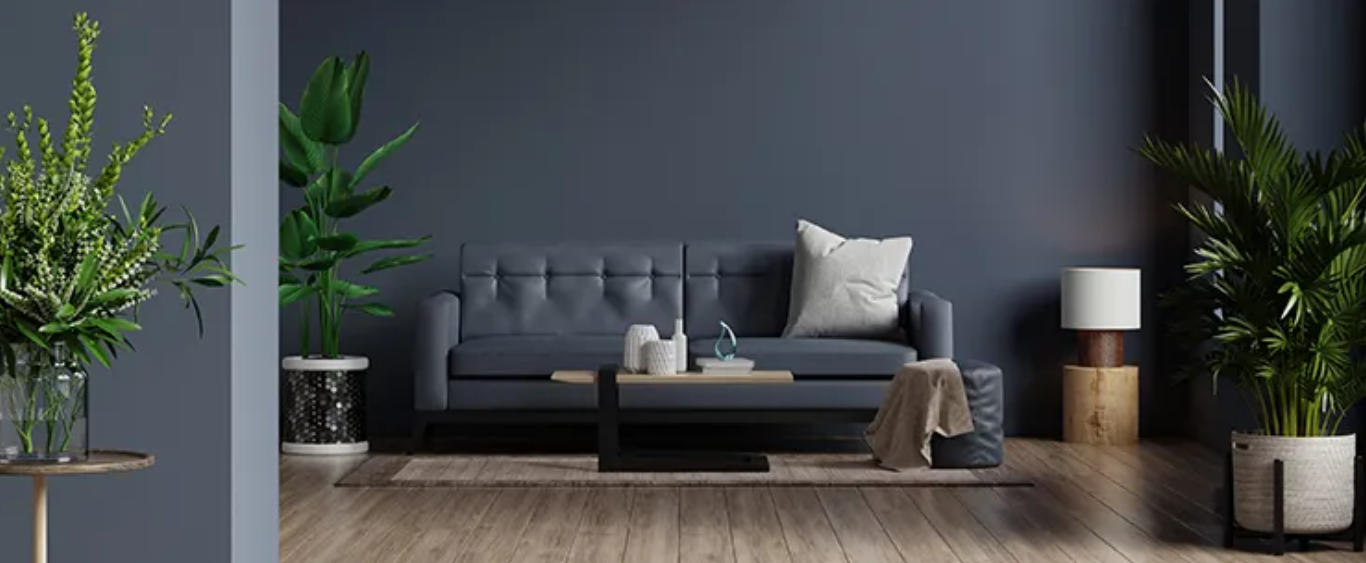Scientists are showing that the runner’s high and the yogi’s tranquility have profound effects on your brain. Moreover, specific physical activities such as running, jogging, squash, swimming or working out at the gym included within your apartment amenities, can markedly alter its structure in precise ways.
A wave of studies exploring the unexpected links between mental and bodily fitness is emerging from labs. This research might give you the impetus to get more active. It can also help you choose the best ways to prepare physically for mental challenges such as exams, interviews and creative projects.
Boost your memory
The part of the brain that responds strongly to aerobic exercise is the hippocampus. Well-controlled experiments in children, adults and the elderly show that this brain structure grows as people get fitter. Since the hippocampus is at the core of the brain’s learning and memory systems, this finding partly explains the memory-boosting effects of improved cardiovascular fitness. Apart from slowly improving your memory hardware, exercise can have a more immediate impact on memory formation.
Improve your concentration
Besides making memories stronger, exercise can help you focus and stay on task. The best scientific evidence comes from testing school children, but the same most likely applies to us all. Interspersing lessons with 20-minute bouts of aerobics-style exercise improved the attention spans of Dutch school pupils. Meanwhile, a large randomized controlled trial in the US looked at the effects of daily after-school sports classes over a school year. The children, of course, got fitter. Less predictably, their executive control improved. They became more adept at ignoring distractions, multitasking, and holding and manipulating information in their minds.
And if that all sounds like hard work, you may not have to get out of breath to reap the attention-honing effects of exercise. Just 10 minutes of playful coordination skills, like bouncing two balls at the same time, improved the attention of a large group of German teenagers.
Improve your mental health
Love it or hate it, bouts of physical activity can have potent effects on your mood. The runner’s high – that feeling of elation that follows intense exercise – is real. Even mice get it. It may not be due to an “endorphin rush”, though. Levels of the body’s homemade opiate do rise in the bloodstream, but it’s not clear how much endorphin actually gets into the brain.
What about yoga? Does it really help with stress? When anxiety levels rise, you tense up, your heart races and your attention narrows to a slit. This shift to “fight or flight” mode is automatic, but that doesn’t mean it’s wholly out of your control. Yoga teaches the deliberate command of movement and breathing, with the aim of turning on the body’s “relaxation response”. Science increasingly backs this claim. For example, a 2010 study put participants through eight weeks of daily yoga and meditation practice. In parallel with self-reported stress-reduction, brain scans showed shrinkage of the part of their amygdala, a deep-brain structure strongly implicated in processing stress, fear, and anxiety.
Exercise is also emerging as a promising way to overcome depression. A 2013 meta-analysis cautiously reported that exercise – both aerobic and resistance – was “moderately effective” in treating depressive symptoms. Strikingly, exercise seemed as effective as antidepressant drugs and psychological treatments. The study’s authors identified it as an area crying out for more rigorous investigation.
Enhance your creativity
Thoreau, Nietzsche, and many other creative people have claimed that walking gives wings to the imagination. Last year, psychologists gave this empirical support. Walking, either on a treadmill or around Stanford’s leafy campus, bolstered divergent thinking: the free-roaming, idea-generating component of creative thought. It didn’t help convergent thinking, though. So if you’re struggling to home in on a single solution, an idle stroll may not be what you need.
Slowing cognitive decline
The evidence that staying physically fit keeps your brain healthy into old age is especially compelling. Most concrete is the link between aerobic fitness and cognitive preservation. Workouts needn’t be extreme either: 30-45 minutes of brisk walking, three times a week, can help fend off the mental wear and tear and delay the onset of dementia. It pays to get used to regular exercise early, though. The protective effects are clearest before the cognitive signs of old age kick in.
Nor is it all about your heart and lungs. Exercises to improve balance, coordination and agility made a clear impact on the brain structure and cognitive function of a large group of German elderly people. Twice weekly sessions of weightlifting can have a visible neurological impact. Dancing may also be restorative for aging brains. Just an hour of dance a week, for six months, did little for elderly participants’ aerobic capacity, but the physical and social stimulation bolstered their cognitive wellbeing.
Researchers are still teasing out the critical factors that make exercise such a potent brain tonic. Prime suspects include increased blood flow to the brain, surges of growth hormones and expansion of the brain’s network of blood vessels. It’s also possible that exercise stimulates the birth of new neurons. Until recently, few believed this could happen in adult human brains.
Don’t sit still
The cognitive spillover from exercise reminds us that our brains don’t operate in isolation. What you do with your body impinges on your mental faculties. Sitting still all day, every day is dangerous. So don’t dither about what form of exercise you do. Find something you enjoy, then get up and do it.
And the best part is, if you have options catering to physical activities within your gated community amenities, it makes it all the better! Which is why, Aparna communities are one-of-a-kind, offering a diverse range of activities from swimming to squash and gyms and running tracks!
Recommended blogs







